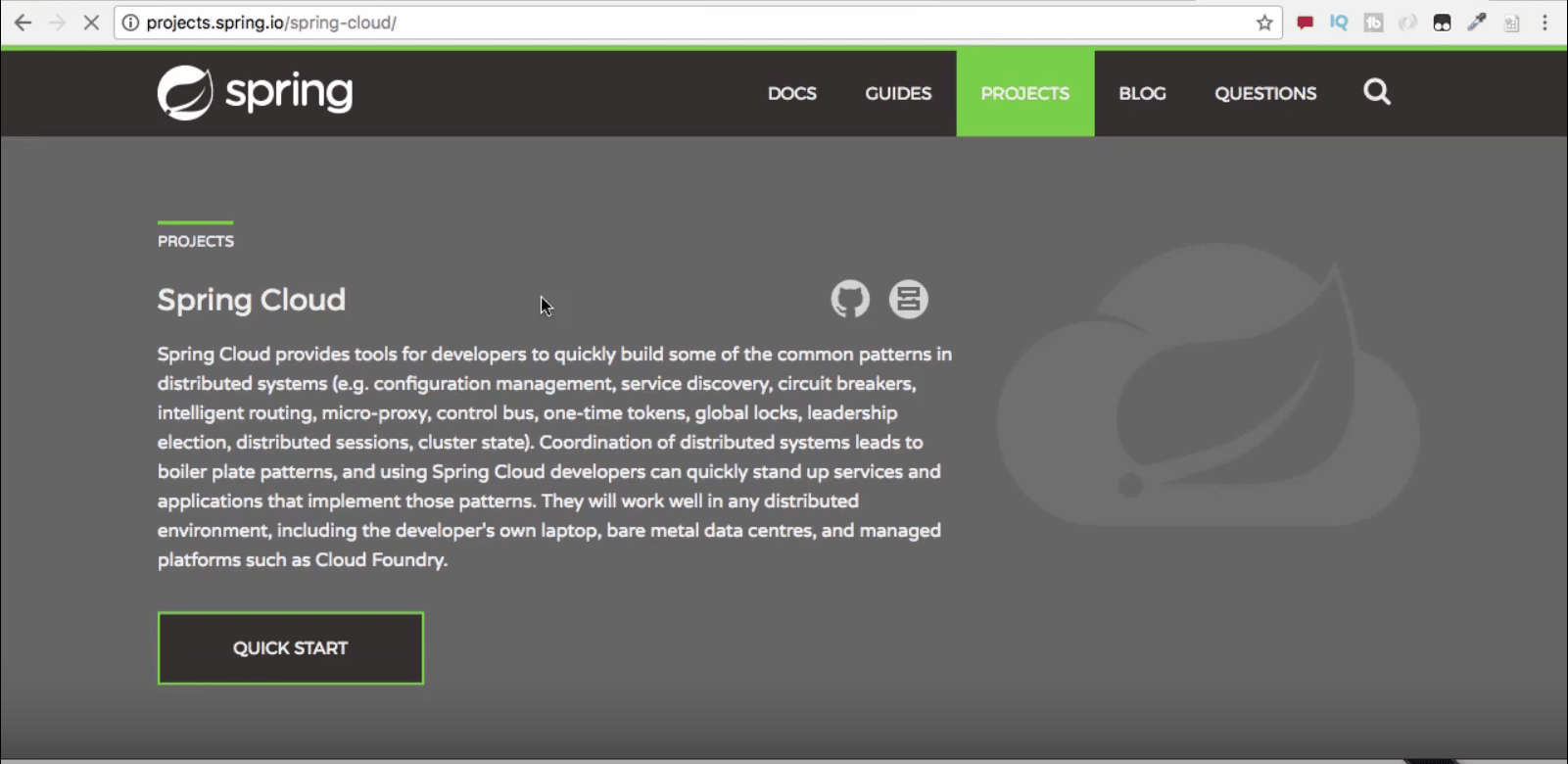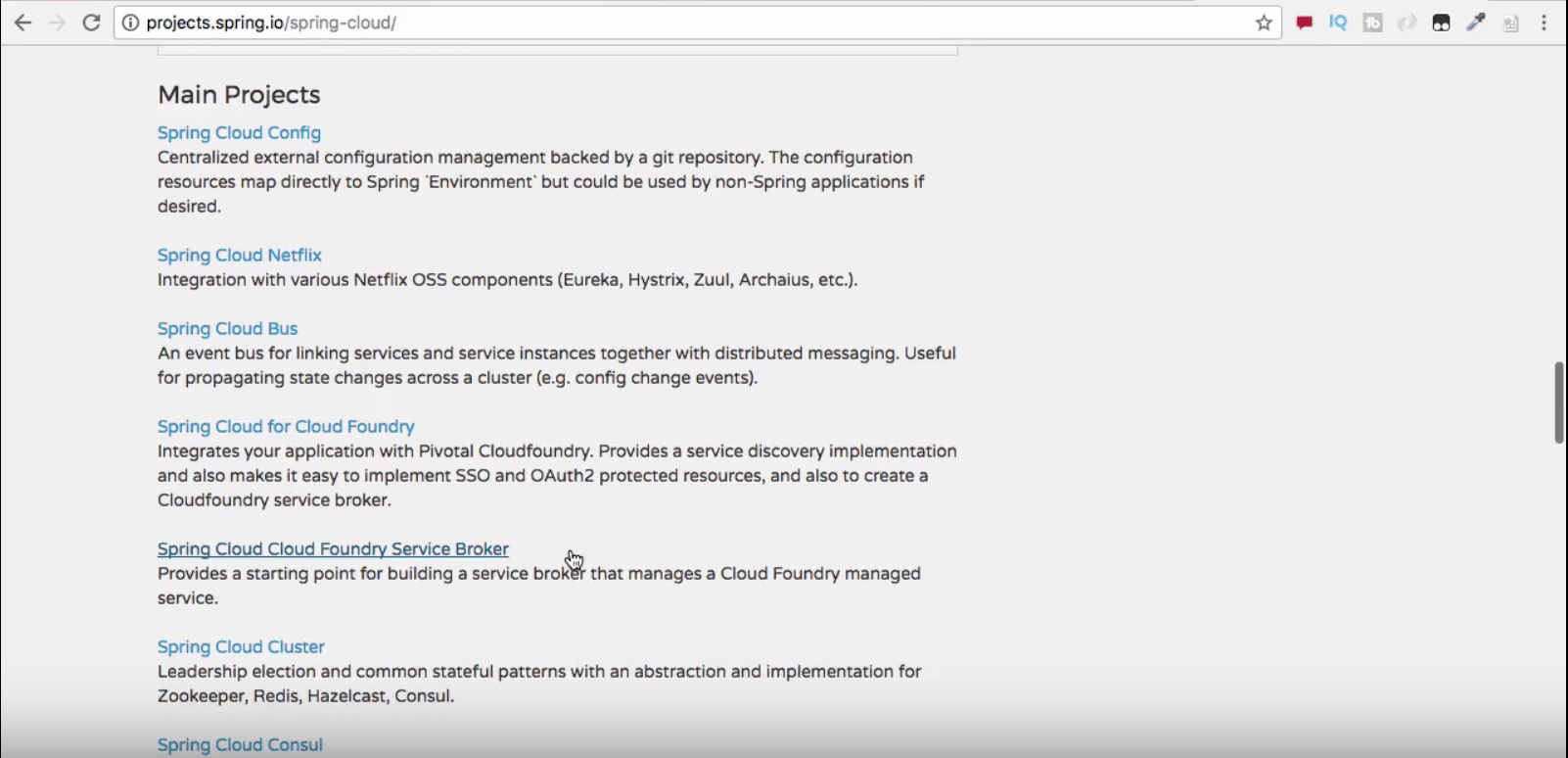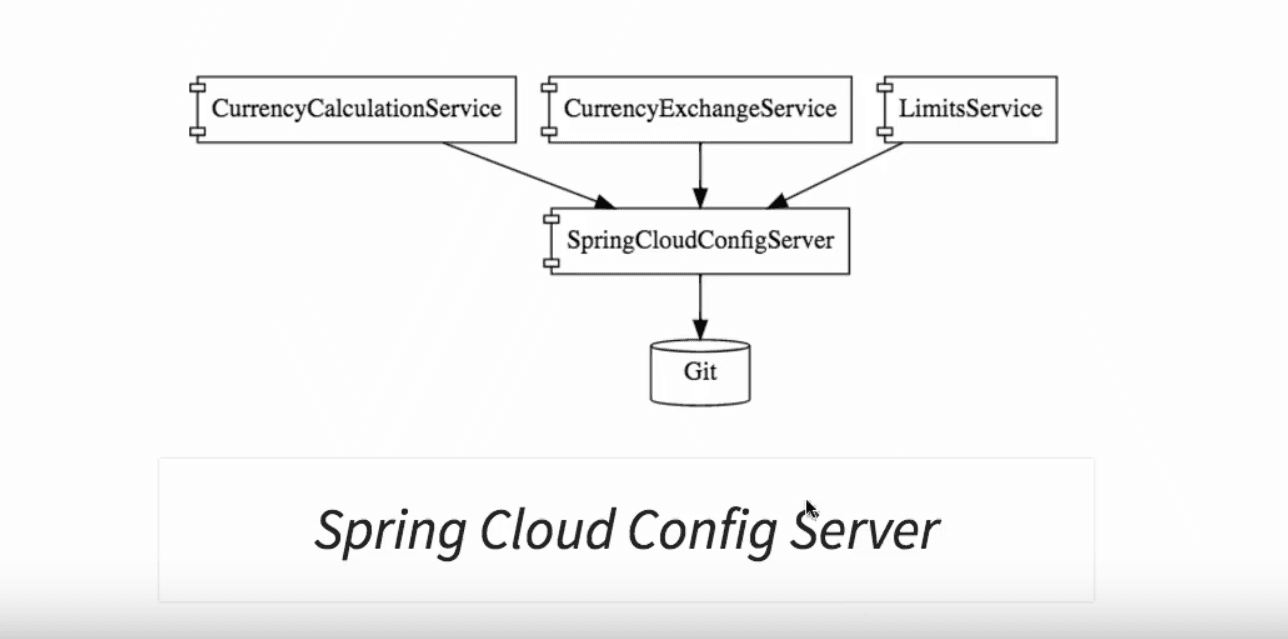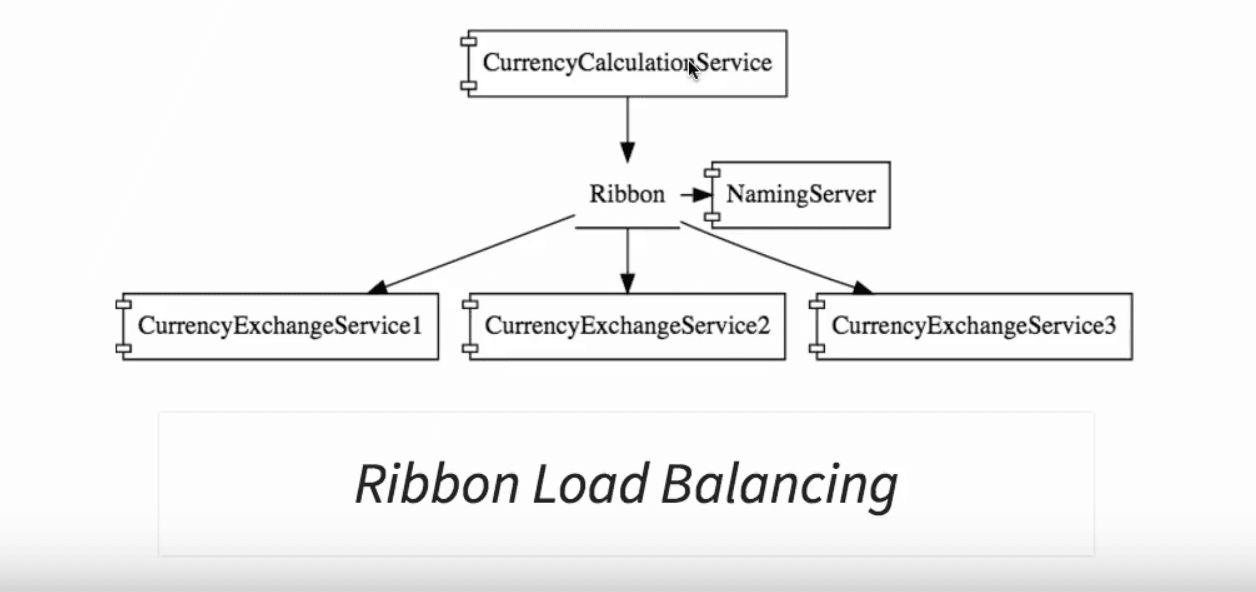Microservices Architecture: Introduction to Spring Cloud
In this article, we look at Spring Cloud, and the wide variety of microservices projects being created with it.
Join the DZone community and get the full member experience.
Join For FreeIn this article, we focus on Spring Cloud. We talk about the various components under its umbrella.
You Will Learn
- What Spring Cloud is.
- The typical challenges in microservices architectures.
- The challenges that Spring Cloud solves.
- The important projects under the Spring Cloud umbrella.
- How Spring Cloud helps you build your microservices architecture.
Introduction to Cloud and Microservices: Challenges and Advantages
This is the second article in a series of five articles on cloud and microservices.
Introducing Spring Cloud
If you go to the homepage of Spring Cloud, you'll see the following:

Spring Cloud provides tools for developers to quickly build some of the common patterns in distributed systems (e.g. configuration management, service discovery, circuit breakers, intelligent routing, micro-proxy, control bus, one-time tokens, global locks, leadership election, distributed sessions, cluster state) - Spring Cloud Docs
Spring Cloud is not a single project, but rather a cluster of them.
Shown below is just a small sample of the projects present under this umbrella.

Let's give a quick introduction to some of the important projects under Spring Cloud umbrella
Spring Cloud Netflix
Netflix was one of the first organizations to play around with a microservices architecture. Under this project, a large number of projects have been open sourced for public use. Eureka, Hystrix, and Zuul are the more popular ones among them.
Spring Cloud Config
This project provides a framework for centralized configuration management, making use of a Git or a SVN repository.
Spring Cloud Bus
This enables the microservices and infrastructure components to communicate with each other, in a distributed setup.
Challenges in a Microservices Architecture
Let's now have a look at the challenges we face while developing microservices applications, and the solutions offered by Spring Cloud for them.
Configuration Management
In a system with a microservices architecture, there are a large number of small-sized microservices that communicate with each other:

Each of these microservices needs to execute across multiple environments. In a given environment, there could be multiple instances of that microservice running. This means the operations team needs to manage a lot of configuration information for each microservice.
The Spring Cloud Config Server provides a solution to such configuration management

Spring Cloud provides an approach where all the configurations across environments for all the microservices are stored in a Git repository. The Spring Cloud Config Server then exposes this information to all the microservices.
Storing the configurations in such a centralized location makes it easier for the operations team to manage the application/architecture.
Dynamic Scale Up And Down
Consider the following example.
The CurrencyCalculationService microservice talks to another microservice, the CurrencyExchangeService. Currently, three instances of CurrencyExchangeService are running. It is possible that at any point in time, more instances can be added in, or existing instances can be removed.

We need the CurrencyCalculationService to be able to distribute the load across the instances available at that point in time.
The need is to dynamically find out the number of instances of the CurrencyExchangeService at that time, and distribute the load across them.
The solution involves multiple components.
Service Registration
All microservices register with a naming server. One of the options Spring Boot provides is Eureka.
Service Discovery
When any microservice wants to talk to another microservice, it asks the naming server. In the example above, the CurrencyCalculationService can ask the Eureka naming server about the instances of the CurrencyExchangeService that are running. The naming service would, in turn, provide the URLs of those instances back to the CurrencyConversionService.
This helps establish a dynamic relationship between instances of the communicating microservices.
Load Balancing
When there are multiple instances of the same microservice, you want to distribute load between them. One of the options Spring Cloud provides is a client-side load balancing framework, Ribbon.
The CurrencyCalculationService uses Ribbon and distributes requests across instances of the CurrencyExchangeService.
The Feign framework helps us to write simpler RESTful clients.
Visibility and Monitoring
In microservices architectures, you will need to have complete visibility into what's happening in your microservices.
In order to trace a request, you need to assign it a unique identifier. Spring Cloud Sleuth helps in assigning an identifier to every request. You can use a distributed tracing solution like Zipkin to trace the request across multiple components.
API Gateway
All micorservices have a few common features — security, logging, analytics, and so on. What is best place to implement these common features?
An API Gateway provides a great solution to this kind of a challenge.
The Netflix Zuul API gateway is a great solution to implement an API Gateway.
Fault Tolerance
What if a microservice is down? How do other microservices respond to it?
Hystrix helps in improving fault tolerance of your microservices.
Summary
In this article, we had a look at the Spring Cloud project, and saw that it is an umbrella for a wide variety of projects. Each of these solves a particular problem associated with microservices. Important problems include service registration, service discovery, load distribution, event tracing, service monitoring and fault tolerance.
Published at DZone with permission of Ranga Karanam, DZone MVB. See the original article here.
Opinions expressed by DZone contributors are their own.

Comments